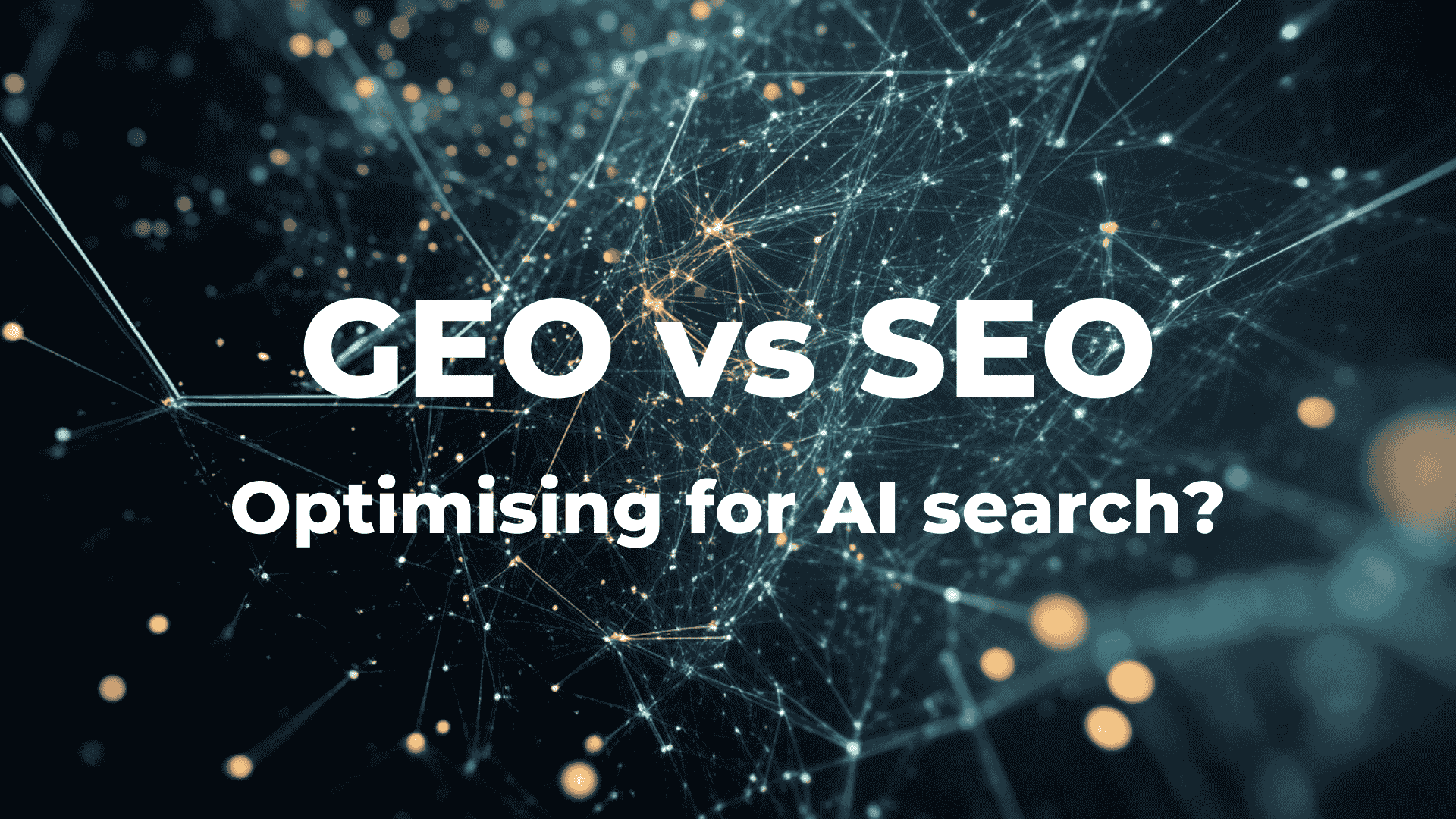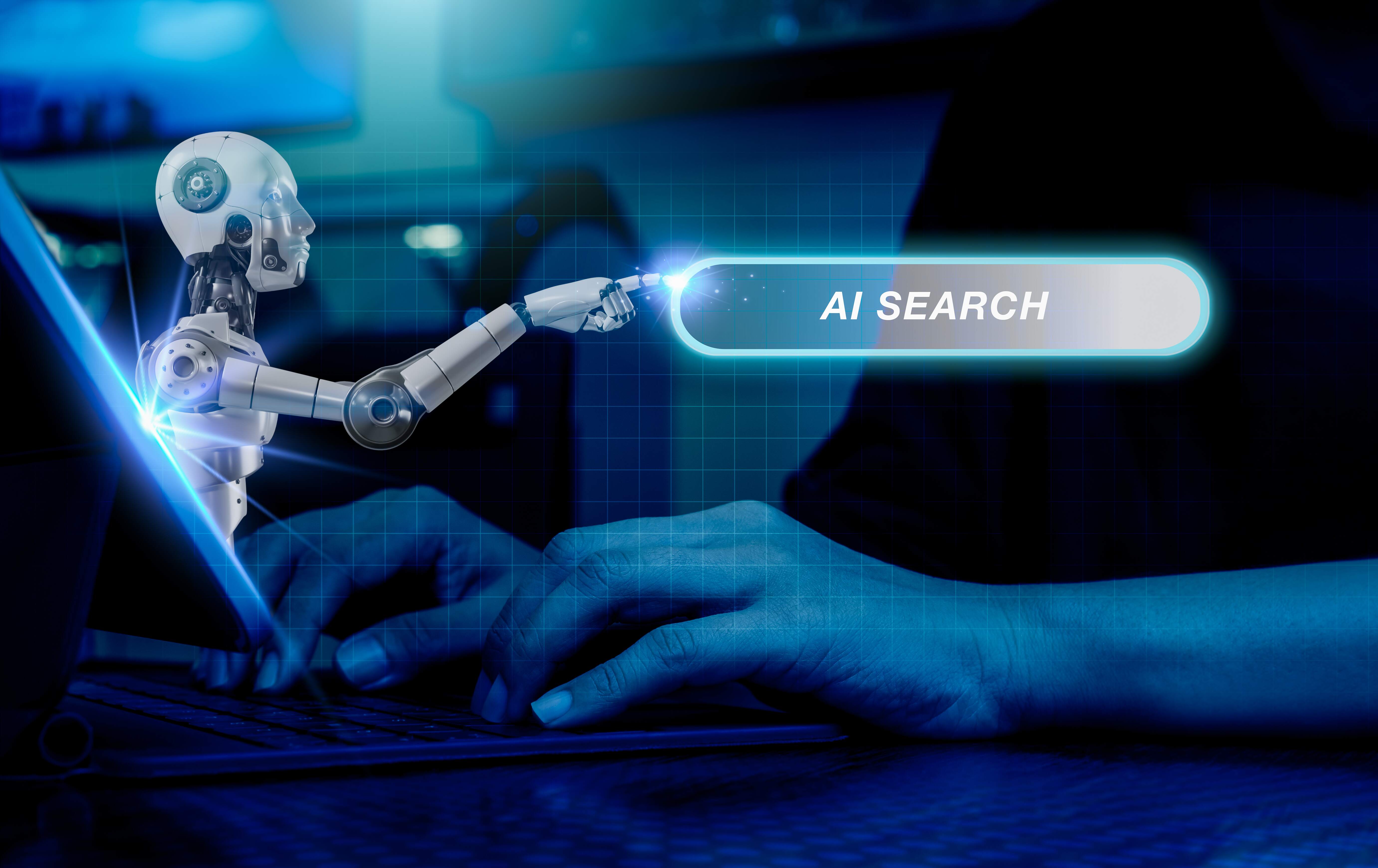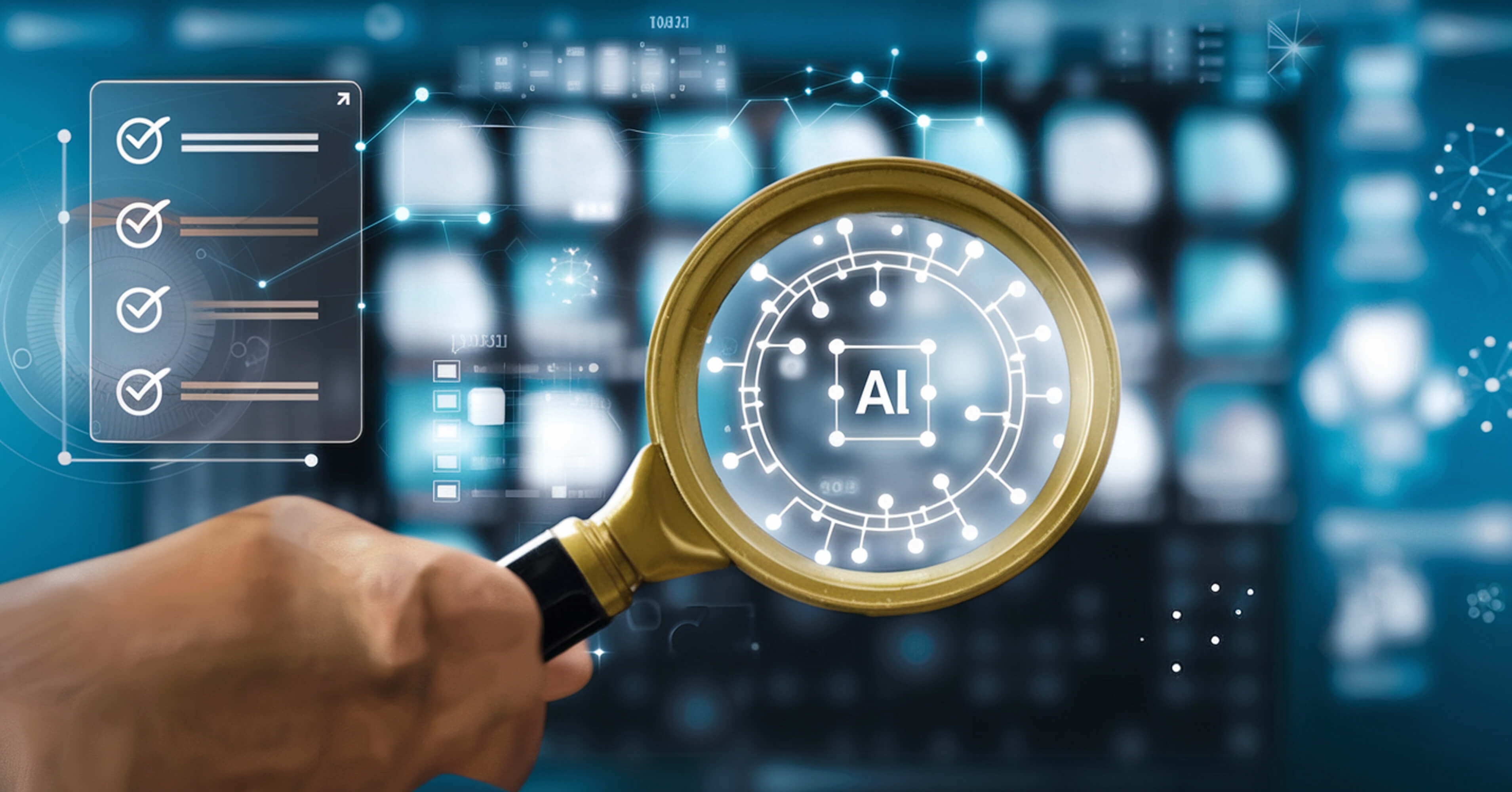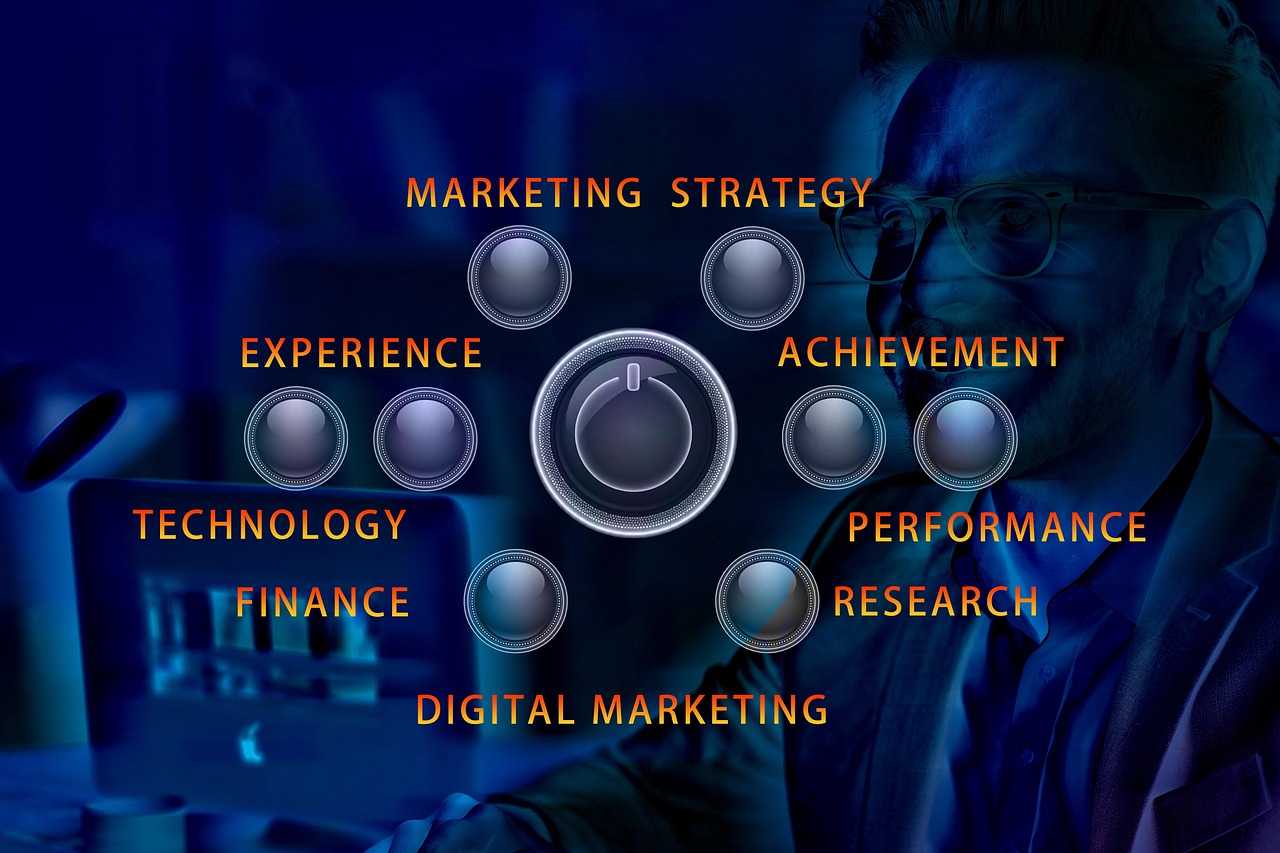And as the online marketing and internet research game has changed, so too has how we browse the internet. Old stalwarts like Google, Bing and Yahoo dominated the internet for decades by ranking websites based on keywords, backlinks and authority links. AI-based search engines are now disrupting the market at breakneck speeds by offering more conversational, contextual and personalised experiences.
So, how is AI search different from the traditional search model? And how does that difference impact businesses, content developers and everyday users? Let's get to the meat of the difference between these two search models and how AI is taking search technology forward.
Understand Traditional Search Engines
Prior to artificial intelligence, traditional search engines were the horse of web discovery.
How Traditional Search Works
Classic search relies on ranking and indexing algorithms. This is how it typically goes:
- Crawling – Search engines send out crawlers (robots) to crawl and retrieve information from web pages.
- Indexing – Information retrieved is processed and warehoused in ginormous databases.
- Ranking – When someone searches for something, the search engine chooses and ranks results on factors like keywords, backlinks, site authority and user signals.
Advantages of Traditional Search
- Keyword relevance: Strongly reliant on the specific words employed.
- High availability: Billions of web pages crawled and indexed.
- blind trust: Interface is highly human-like and they trust highly established channels like Google.
Weaknesses of Traditional Search
- Keyword dependency: Results highly based upon a user's ability to phrase his query in terms.
- General results: Gives general results which are not user need-specific.
- Under-conceptual understanding: Challenge in dealing with loose questions or open questions.
What Are AI-Powered Search Engines?
While conventional search is based on basic tools like keyword matching in isolation, AI search engines take advantage of sophisticated tools like natural language processing (NLP), machine learning and predictive algorithms. While conventional search matches keywords in isolation, AI computers read intent, tone and semantics.
How AI Search Works
- Purpose of reading: AI does not only read words it reads intent, tone and user context.
- Personalisation: Tailors result in user history,behavior and preference.
- Spoken answers: Some AI-based tools (e.g., ChatGPT or Perplexity) respond in human-like, conversational speech instead of merely listing links.
- Learning continually: With every access, AI engines learn and improve with increased accuracy and responsiveness to changing user needs.
Benefits of AI-Driven Search
- Contextual knowledge: Provides outcomes even if the search is incomplete or even a discussion.
- Customisation: Distinguishes from the user behaviour and activity of the individual.
- Efficiency: Provides timely, condensed answers rather than a never-ending list of links.
- Improved discovery: Allows people to find information they were not aware that they needed to look for.
Limitations of AI Search
- Problems with precision: Condensed answers are at times incomplete or wrong.
- Problems with transparency: People are not always given a chance to see the sources used by an AI response.
- Adoption curve: As with the new technology, not everyone is quite ready for conversational search yet.
AI-Powered Search vs. Traditional Search: Giant Differences
Let's take a glance at some more of the key differences between the two search models.
1. Search Process
- Traditional Search: Keyword matching and ranking algorithms.
- AI Search: Based on machine learning and NLP to detect intent, semantics and context.
2. User Experience
- Traditional Search: Returns web pages based on relevance.
- AI Search: Returns instant, conversational and to-the-point answers.
3. Personalisation
- Conventional Search: Restricted to location and browsing history, etc.
- AI Search: Dynamically shifts according to personal preferences, behavior and trends.
4. Accuracy and Depth
- Conventional Search: Used to supply broad Answer sets to be consumed pages by the users.
- AI Search: Gives the most probable Answer to respond to the query in one go, though at times abbreviated Answer.
5. Speed and Efficiency
- Classic Search: Quick but usually needs multiple clicks to end up at the optimal result.
- AI Search: Single-click, context-specific Answer in a snap.
Why AI-Powered Search is Essential for Companies
For companies, the transition from traditional to AI-enabled search is revolutionary in its nature.
- Effect on SEO: AI search shifts SEO focus from keywords to answering user intent with clear, structured and conversational content.
- Keyword and intent: Content strategy needs to be all about answering user intent fully, not keyword-spraying.
- Formed content matters: AI enjoys tidily-structured, tidily-presented content.
- E-E-A-T signals: Expertise, Experience, Authoritativeness and Trustworthiness become more vital than ever.
Marketing Opportunities
- Visibility with a promotion: AI algorithm prefers taking advantage of well-written, high-performing content.
- Readiness for voice search: Conversational optimisation gets attention.
- Personalised interaction: Brands are able to provide more personalised interactions by emulating AI search behaviour
How Users Gain from AI Search
AI-powered search engines are meant to simplify life for users. The reasons follow:
- Time-saving: No digging through piles of links direct answers from AI.
- Conversational competence: The users can ask follow-up questions in ordinary language, just as they would ask of a human.
- Improved suggestions: AI suggests based on browsing history and interests.
- Accessibility: Even a beginner can access correct, useful information.
Limitations and Risks of AI-Based Search
Despite all its advantages, AI-based search is not perfect. Some of its drawbacks are:
- Biased and misinformation: AI will automatically incline towards biased or false information.
- Over-reliance: Citing various sources can be prevented by users if they are totally reliant on AI-based content.
- Privacy of data: Personalisation involves exposure to individual users' data and this is a security risk.
The Future of Search: AI and Classic Models in Harmony
- It's not going to happen anytime soon. Instead, in the future, things are going to be this way:
- Conventional search engines like Google already blend AI for ranking, image searching, and predictive typing.
- AI platforms become discovery tools for more intelligent and conversational search queries.
- They both give users the best of both worlds: deep information and contextual, personalised insight.
The battle between search engines that implement AI and traditional search is not replacing each other, it's complementing each other in what the future of the findability of information will be. Traditional search engines continue to offer reliability, familiarity and broad reachability of the information. Traditional search offers personalisation, use of natural language and quicker access to useful answers.
For businesses, transitioning to the change means abandoning keywords and embracing user intent, organised content and authority building. For the users themselves, it is a quicker, wiser and more personal search experience.
Frequently Asked Questions
How does AI search affect SEO for U.S. businesses?
AI search prioritizes user intent and local context. U.S. businesses must focus on clear, structured content that answers questions directly to rank well.
Are traditional SEO tactics still effective in 2025?
Yes, but they must include Answer Engine Optimization strategies using conversational content, structured data and intent-based keywords.
How can U.S. businesses rank in local AI search results?
Optimize your Google Business Profile, use geo-targeted keywords and add FAQ schema to boost local AI visibility.
How to optimize content for AI and voice search in the U.S.?
Write conversational, question-based content with short answers, use structured data, target local keywords and ensure fast mobile pages.





